Unlocking Credit's First Mile: How China Is Refining Financial Access for Small and Micro Enterprises
In a move poised to refine the contours of its financial ecosystem, China has unveiled a fresh set of guidelines aimed at improving access to credit for the country's small and micro enterprises (SMEs)—a segment often described as the “capillaries” of the real economy.
Jointly issued by eight key regulatory agencies—including the National Financial Regulatory Administration, the People's Bank of China, and the China Securities Regulatory Commission—the new document outlines 23 targeted measuresto expand financing supply, lower costs, and improve the precision and efficiency of SME support.
Rather than introducing sweeping changes, the initiative signals a policy evolution: one that leans on coordination among fiscal, monetary, regulatory, and industrial policy tools to systematically address longstanding pain points in SME lending.
“Compared with previous rounds of SME policies, this package is more synchronized, better structured, and more precise in targeting inefficiencies,” said Zeng Gang, Director of the Shanghai Institution for Finance and Development.

From First Loan to Long-Term Growth
Among the most consequential provisions is the emphasis on “first-time loans”—the initial credit extended to businesses that previously had no borrowing history. This first step is often the most difficult, but it significantly raises the likelihood of future financing.
“Solving the first-loan problem is like unlocking the first mile of SME financing,” said Dong Ximiao, Chief Researcher at China Merchants Union Finance. “Targeted efforts are needed in institutional design, product innovation, and digital support systems.”
The guideline also calls for an increase in credit loans, long-term lending, and financing tailored to private-sector and high-tech businesses. Re-lending facilities designed to support agriculture and small business will also be more actively deployed.
Notably, equity financing—long overshadowed by bank credit—is also highlighted. This suggests a more diversified view of capital markets'role in supporting smaller firms.
Trimming the Cost of Credit
The measures go beyond simply pushing more liquidity into the market. The document includes concrete steps to reduce the “hidden costs”of credit: streamlining fees, eliminating unlawful charges, and regulating third-party intermediaries.
Banks are also expected to refine their interest rate pricing models, a move aimed at aligning lending rates more closely with SME risk profiles—without imposing undue burdens.
“Cost control is not just about lowering rates,” said Zeng Gang. “It's about eliminating unnecessary layers and restoring transparency to the financing chain.”
Smarter Lending, Online and Offline
Efficiency gains are another core theme. The guideline encourages banks to expand their use of digital credit assessment tools, improve risk models, and speed up approval processes—particularly for online loan products.
Meanwhile, offline loan procedures are to be simplified through reduced documentation requirementsand delegated credit approval powers within major banks, helping small firms navigate the system with less friction.
This dual-track approach—digital and in-person—reflects an acknowledgment that many SMEs still operate outside the full reach of fintech platforms.
Balancing Credit Growth with Risk Management
In a nod to financial stability, the document also recommends revising SME loan classification standards to better reflect actual risks. Banks are encouraged to allocate more write-off quotas to small business loans and to pilot higher write-off limits for credit loanstied to operating needs.
Such flexibility, regulators argue, would allow lenders to support more SMEs while still maintaining prudent risk oversight.
What This Means for Global Stakeholders
For multinational banks, venture capital firms, and foreign investors engaged in China's SME ecosystem, this policy evolution offers a clearer roadmap for identifying compliant, creditworthy partners in key growth sectors—including private manufacturing, innovation-driven startups, and export-oriented service firms.
The renewed emphasis on data-driven lending, cost transparency, and equity financing could also enhance due diligence efficiency and facilitate cross-border financing cooperation—especially through joint ventures or supply chain financing platforms.
At a broader level, it signals that China's regulatory framework is moving toward precision-based stimulus—focused not just on quantity of credit, but on quality, direction, and sustainability.
In the Words of Policy Architects
“We're not simply adding liquidity,” one regulatory official noted at a recent forum. “We're redesigning how credit reaches the real economy—especially where it matters most.”
A Long-Term Investment in Resilience
Rather than a temporary boost, the new measures aim to cultivate a longer-term financing culture for SMEs—where sound risk models, transparent cost structures, and equitable market access support not just survival, but scalable growth.
For foreign observers, the message is clear: China is refining—not overhauling—its financial plumbing. And the flow is now being directed with greater precision, discipline, and openness to collaboration.









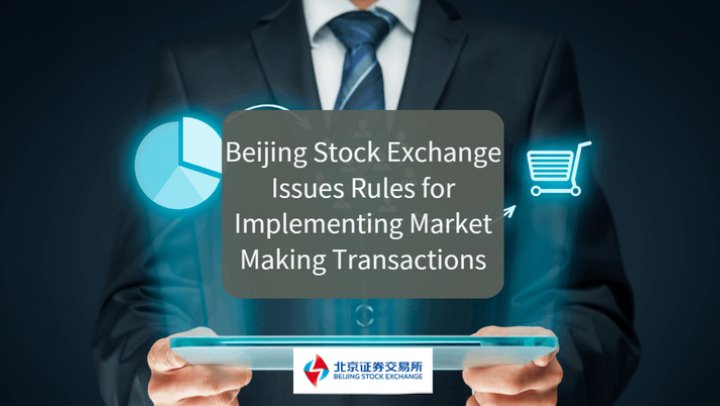

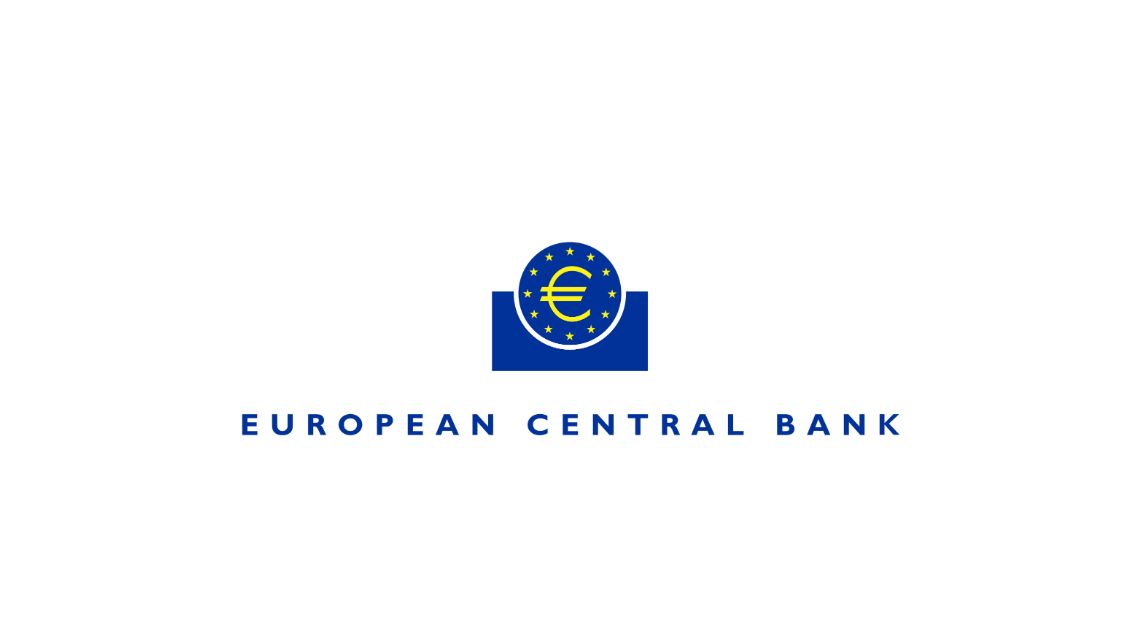
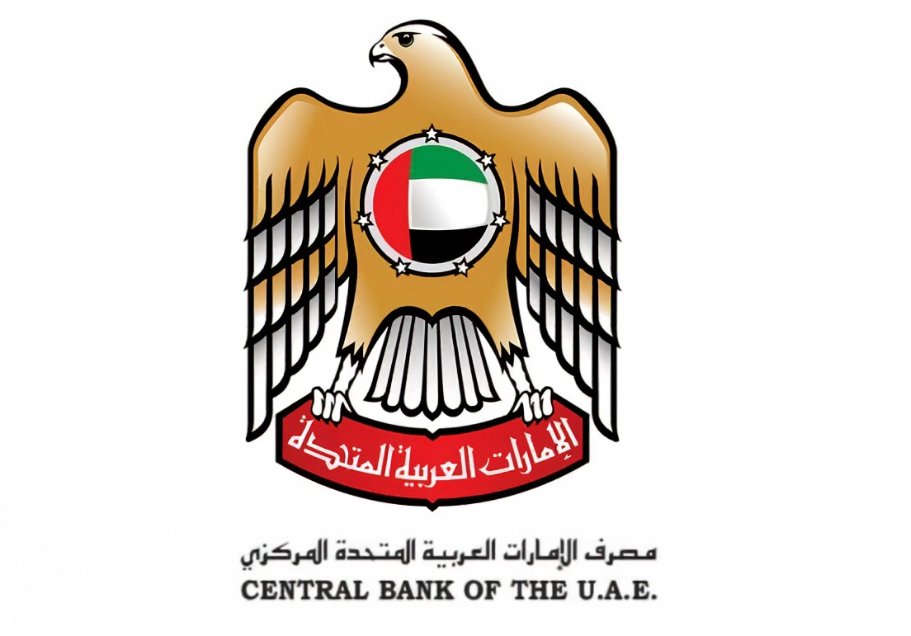




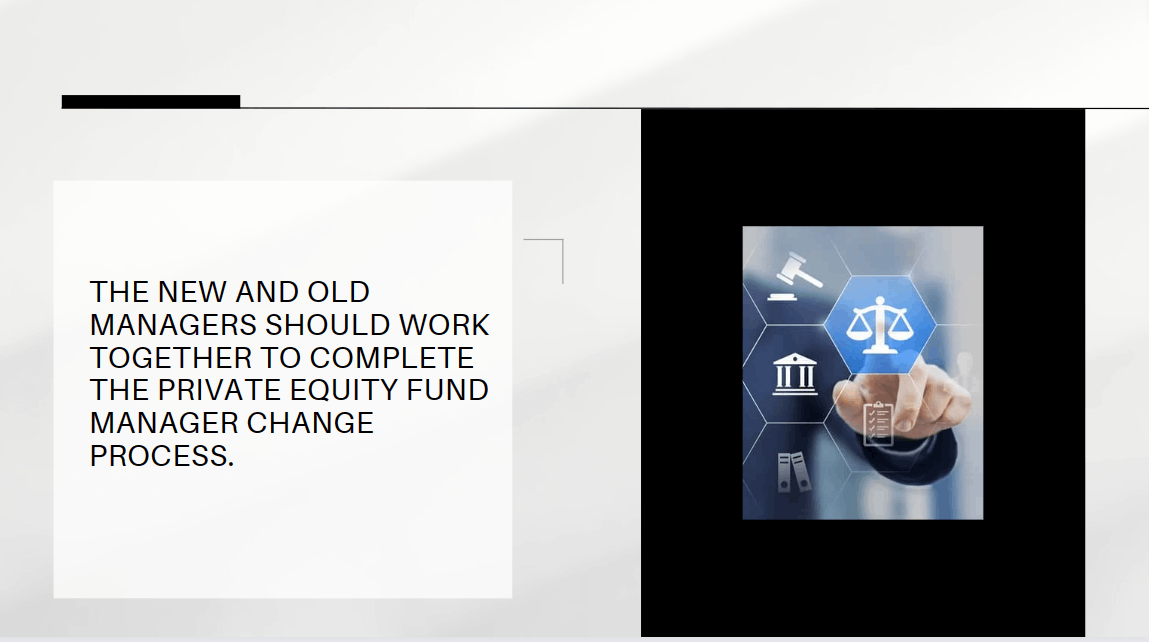
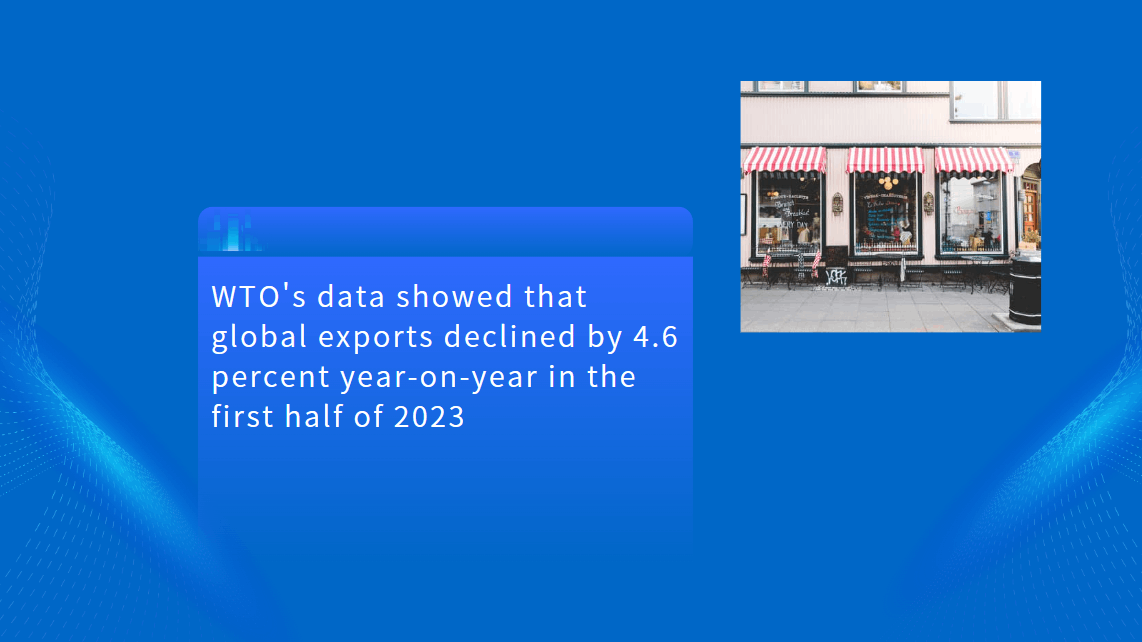
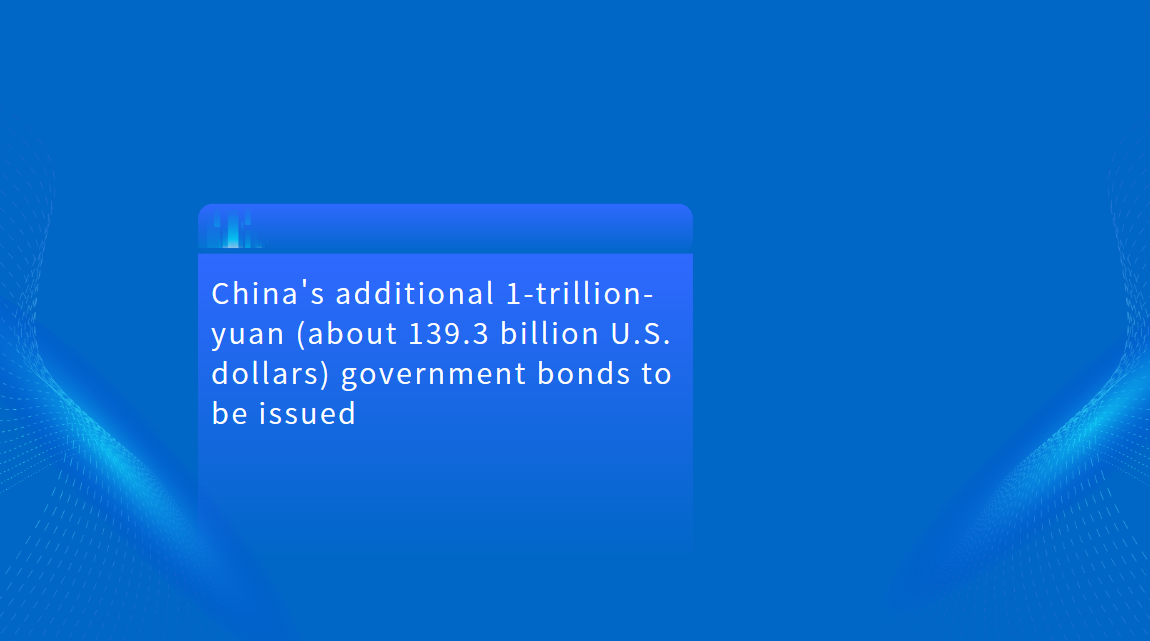





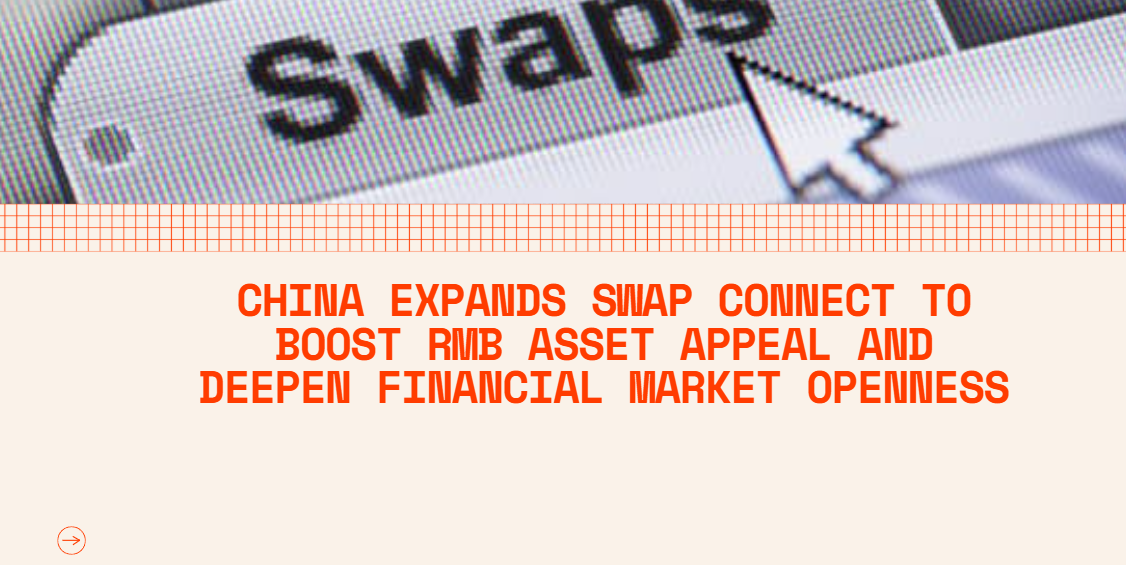



























First, please LoginComment After ~